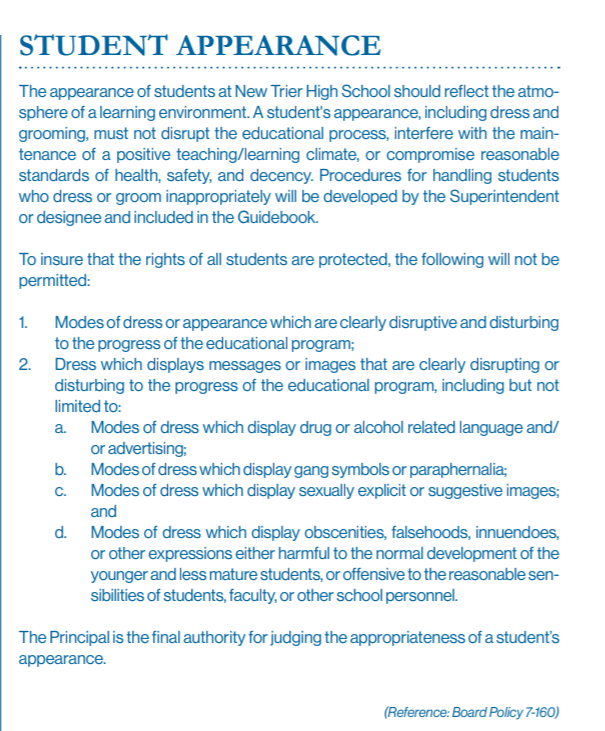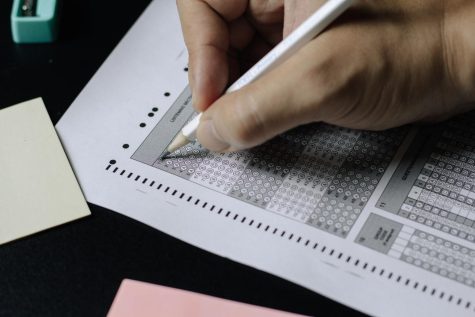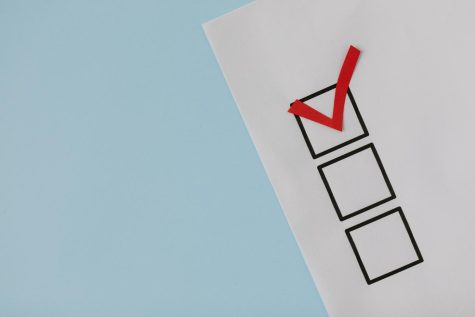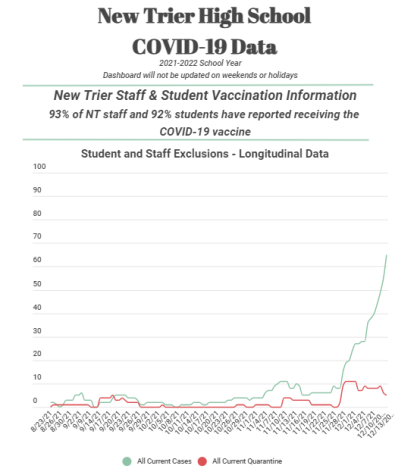On Wednesdays we wear pink
November 29, 2021
Would you rather be judged by the content of your character or the price tag on your sweater? As extreme as this may sound, it’s unfortunately the sad reality for many public school students. We spend so much time shopping for unique options that none of our friends have, stressing about creating a fresh look everyday, and saving up to buy the latest fashion trends; that we forget the main reason we are attending school. And that is to learn. Therefore, the use of school uniforms would diminish these stressors and improve the academic environment.
The infamous line from Mean Girls, “You can’t sit with us,” is used as a stereotypical and almost humorous example of bullying over clothing in high school. But what many don’t realize is that is exactly how exclusion occurs at public schools due to people’s different styles. The assumptions people make based on other people’s clothing impacts the way they treat, include, and engage with others.
The assumptions people make based on other people’s clothing impacts the way they treat, include, and engage with others.
In an investigation led by Psychology Today, “In each of the first eight studies, over 83% of faces were perceived as more competent when paired with richer (compared to poorer) clothes.” Inevitably, people will appraise not only each other, but themselves as having greater ability and intellect when dressed in gaudy clothing.
When students see clothes on their peers that they cannot have, jealousy and contempt arises. People who are deemed to ‘have less’ may develop low self esteem and be lower on the social hierarchy due to their peers’ warped sense of value. And though this mindset is painfully shallow, it is in fact brewing in students’ minds from a very young age.
These anxieties trouble not only school children, but working adults too. Choosing what to wear for intellectual places such as work or school is just the kind of mental litter that results in a chaotic morning. In fact, according to Independent Education Today, “Many leading minds, including Einstein, Steve Jobs and Barack Obama had seven identical suits or outfits in their wardrobes because they didn’t want to waste energy deciding what to wear.” Granted, these seven outfits weren’t school uniforms, but they did save the headache of choosing outfits and provided efficiency in the stress of the morning.
If everyone dresses in the same skirt/pants and collared shirt, students are forced to find worth in themselves and in their peers based on more substantive factors. This will create not only stronger connections and more meaningful relationships, but will rid high school of some of its toxicity.
Many people are concerned with the gender restraints that school uniforms create. But a school uniform doesn’t necessarily need to be skirts only for girls, and pants only for boys. Both boys and girls can wear pants, and both boys and girls can wear skirts. The idea is not to look identical; it is to create a unifying attire that doesn’t fixate on the latest trends.
A big part of growing up is self expression, often shown through clothing. However, we can still express our individuality with uniforms through jewelry, hairstyles, and shoes. Not many high schoolers know how to sew their own clothing, but almost everyone would find creativity and fun in stringing together bracelets or experimenting with new haircuts.
If people such as Barack Obama and Albert Einstein find use in having planned-out clothing, then perhaps high school too would benefit from some pleasant simplicity. And though the idea of letting go of our personal wardrobe for the days we attend school may seem uncompromising, we may find it to be the most liberating regulation.








